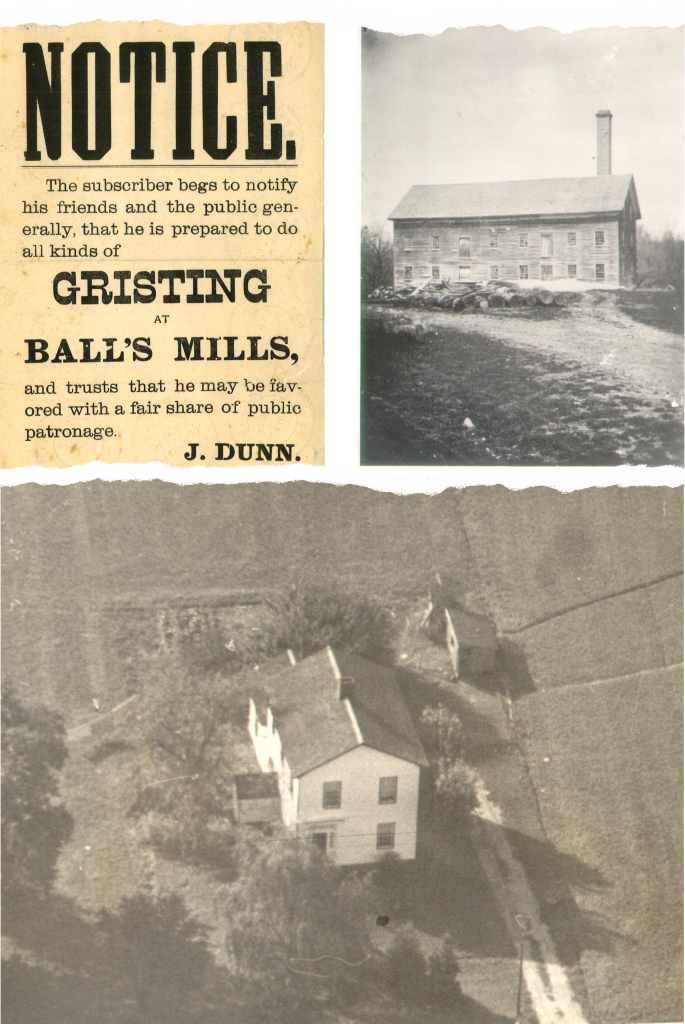-
Ball's Falls
With its rich natural landscape, many trails and lovely waterfalls, the Ball’s Falls Conservation Area in Lincoln, Ontario is popular with locals and tourists alike. Home to the Ball’s waterfalls, heritage village, old mill, the conservation area spread over 200 acres is also rich in flora and fauna and caters to educational and conservation initiatives.
History
Culture
Tradition
Rich History & Heritage
Ball’s Falls Conservation Area has been lovingly maintained to its early-to-mid 19th century industrial hamlet atmosphere featuring the original Ball family home, an operating flour mill, a lime kiln, a church, black smith shop, carriage shed, and more.
Ball’s Falls began in 1809 when the Ball brothers built a wooden gristmill on Twenty Mile Creek in the heart of the Niagara Peninsula. Known as Glen Elgin, it had by the 1840s grown into one of the area’s busiest industrial towns. The flourishing village boasted a barrel maker, a blacksmith and two lime kilns, as well as a store and several houses. Of the old buildings, only the gristmill, a lime kiln and the Ball homestead have survived. Other historic buildings from the surrounding region, including a pioneer log cabin and a picturesque wooden church, have been relocated to Ball’s Falls park.
A trail from the parking lot follows the former village road along the west side of the river to the ruins of the woollen mill. Here, the upper falls plunges over the rugged limestone lip of the Niagara Escarpment. On the hill behind the ruin, another path leads to the site of the boarding house, where only a rusting water pump survives to mark the location.
Travel back in time in the Historical Village!
- Black Smith Shop Tours and Demonstration
- Grist Mill Tours
- Niagara Handweavers and Spinners Demonstrations
- Ball Family Home & Cabin Tours
- Ball’s Falls Historical Church Tours
The Village of
Glen Elgin
The village of Glen Elgin was a thriving industrial mill town in the mid-1800s. Originally settled by brothers George and John Ball in 1807, the community grew with the establishment of grist, woollen, and saw mills. Mill workers, tradesmen, and their families settled in houses built in the village by George Ball’s son, George P. M. Ball.
In 1849, George P. M. Ball had a portion of his property surveyed to divide into a proper village, to allow workers to own homes and property. This plan was never fulfilled, and the village of Glen Elgin began to decline by 1858. Today, seven original buildings remain.

Land Acknowledgement
The Niagara Peninsula watershed is situated within the traditional territory of the Haudenosaunee, Attiwonderonk (Neutral), and the Anishinaabeg, including the Mississaugas of the Credit—many of whom continue to live and work here today.
This territory is covered by the Upper Canada Treaties (No. 3, 4, and 381) and is within the land protected by the Dish with One Spoon Wampum agreement. Today, the watershed is home to many First Nations, Métis, and Inuit peoples.
Through the 2021-2031 Strategic Plan, we reconfirm our commitment to shared stewardship of natural resources and deep appreciation of Indigenous culture and history in the watershed.

SIGN UP FOR OUR NEWSLETTER
Your Ultimate Guide to Thanksgiving Festival Fun!
Sign up and stay informed.
Festival
Ball’s Falls

